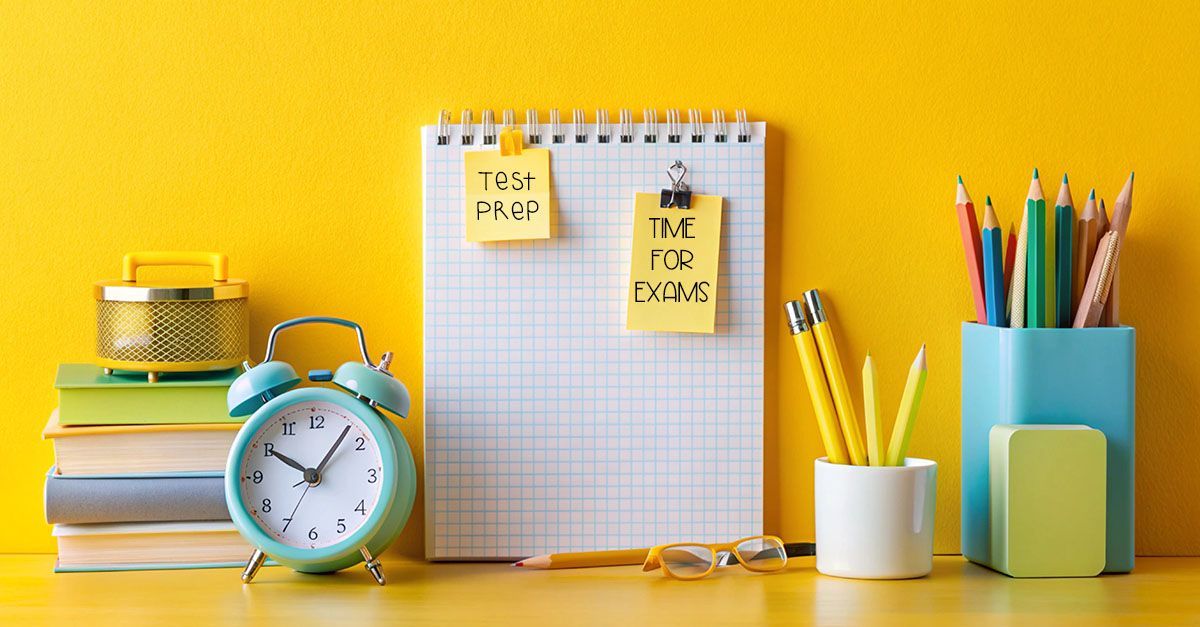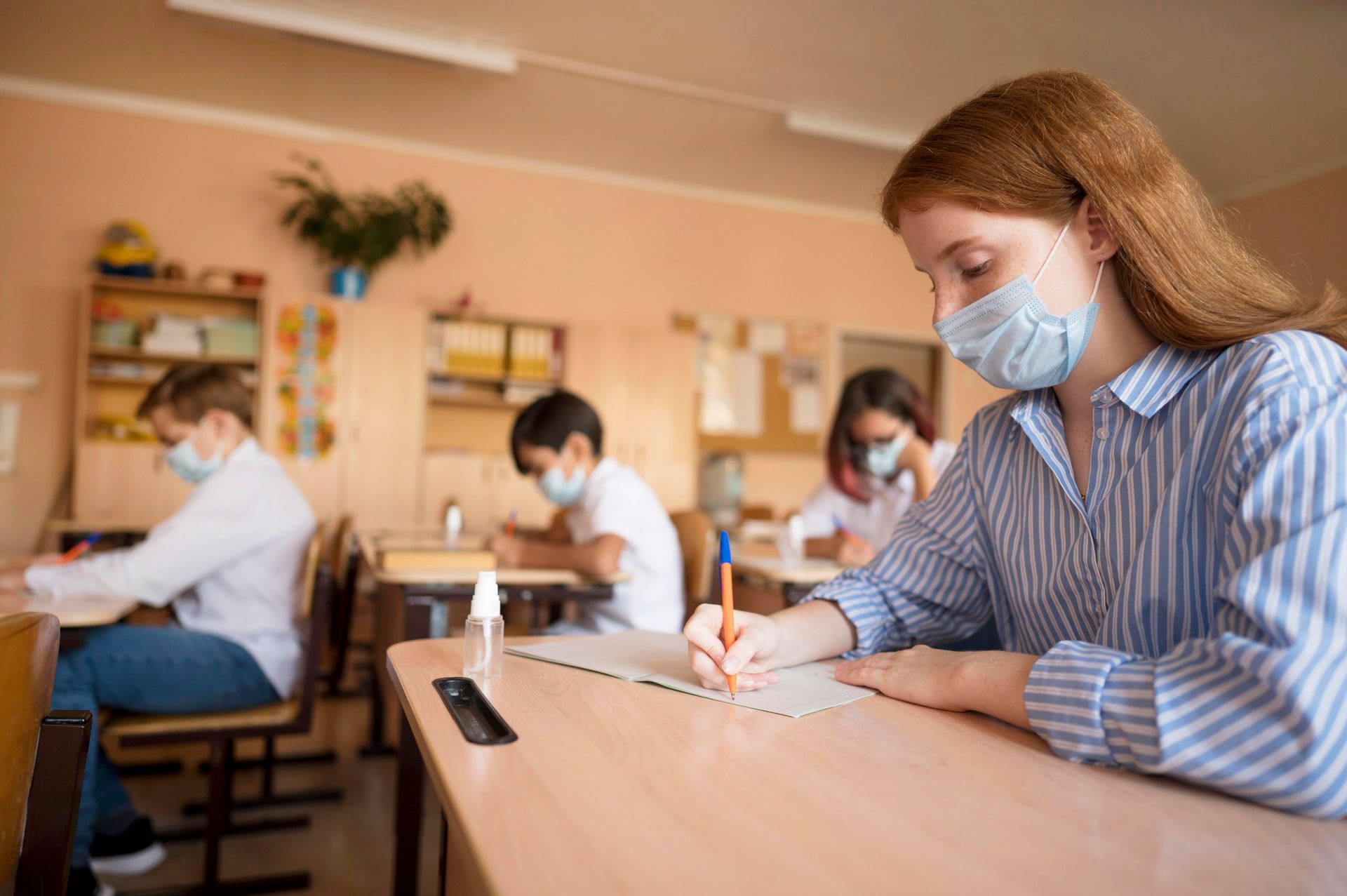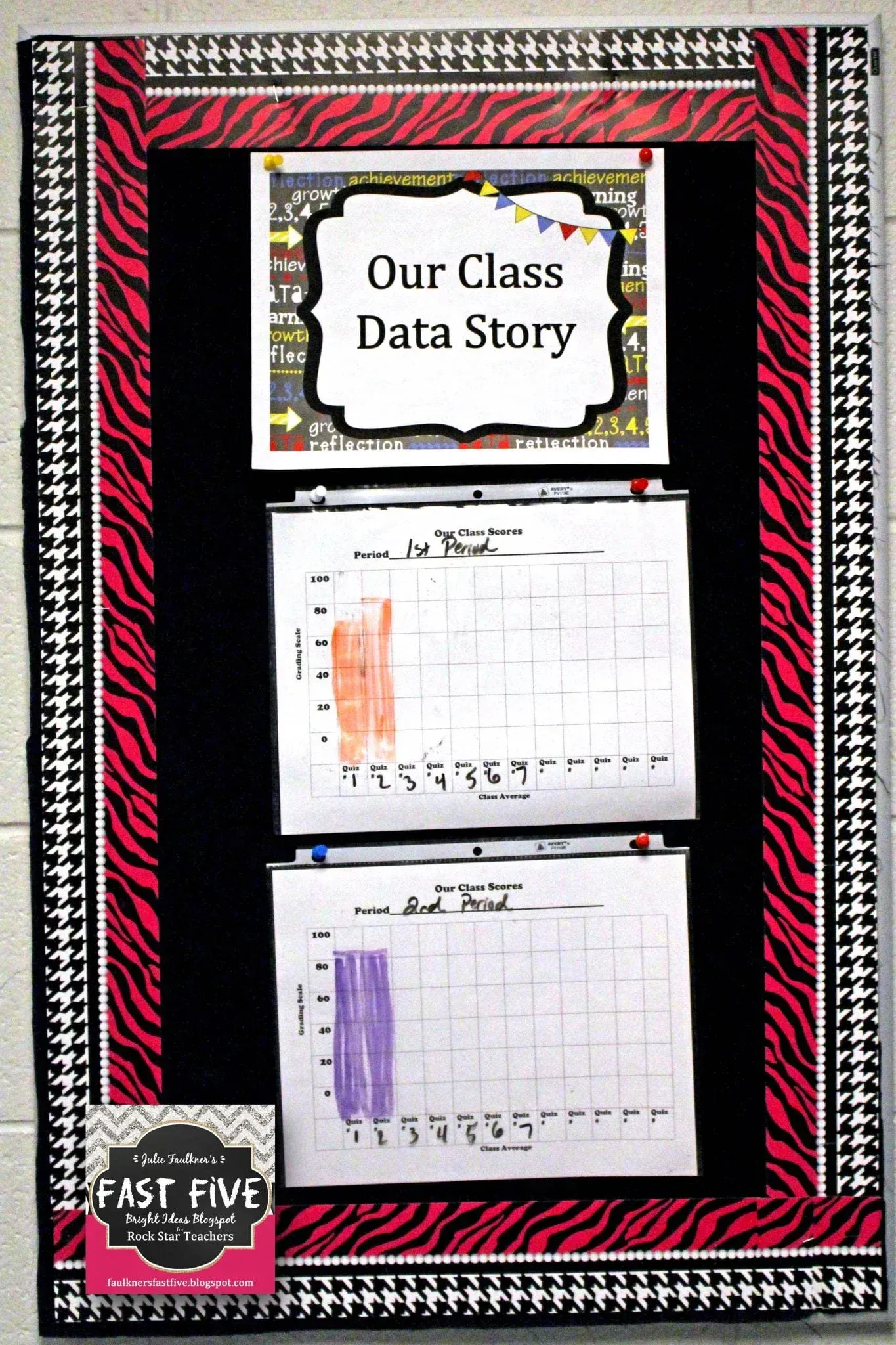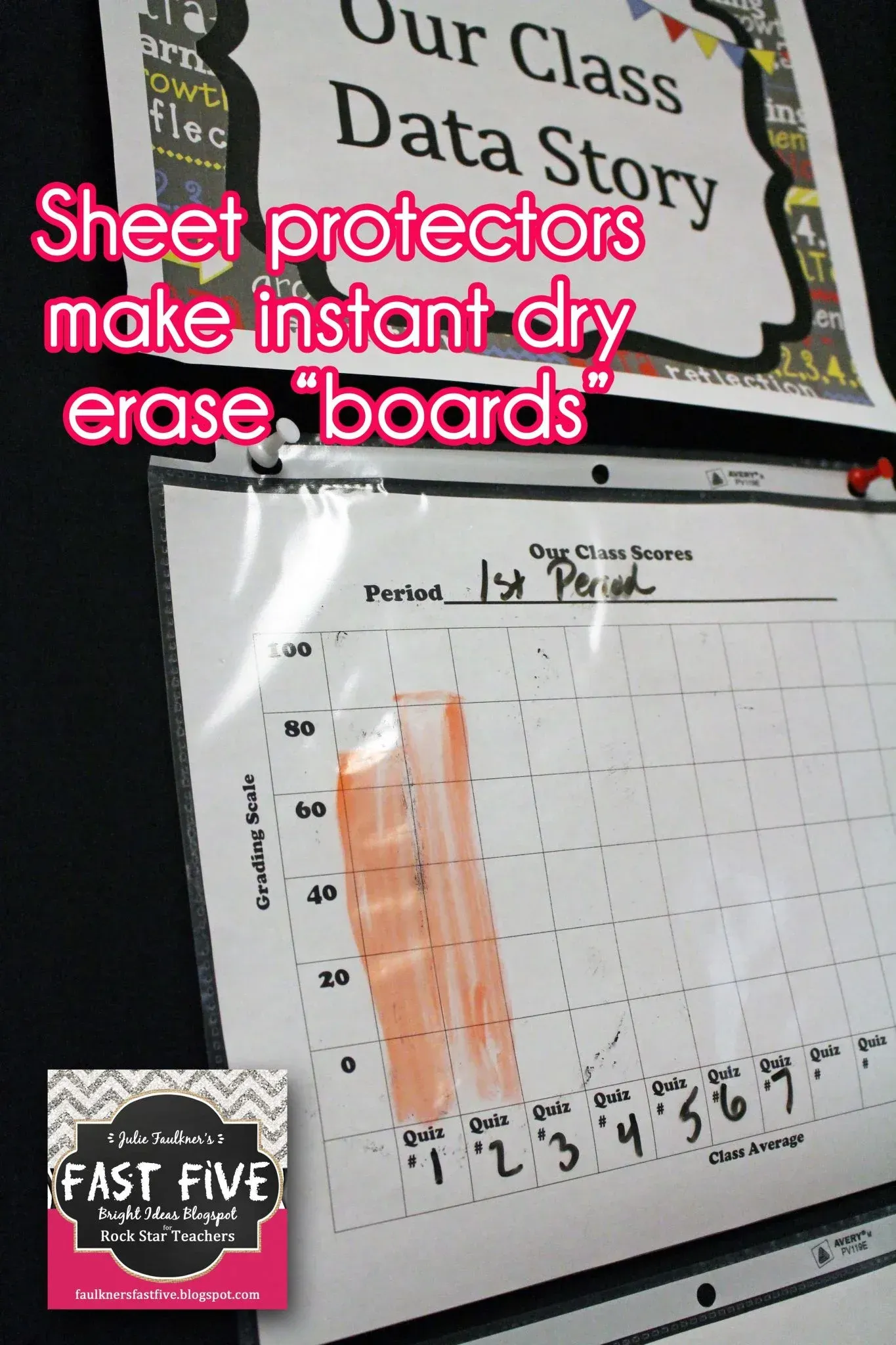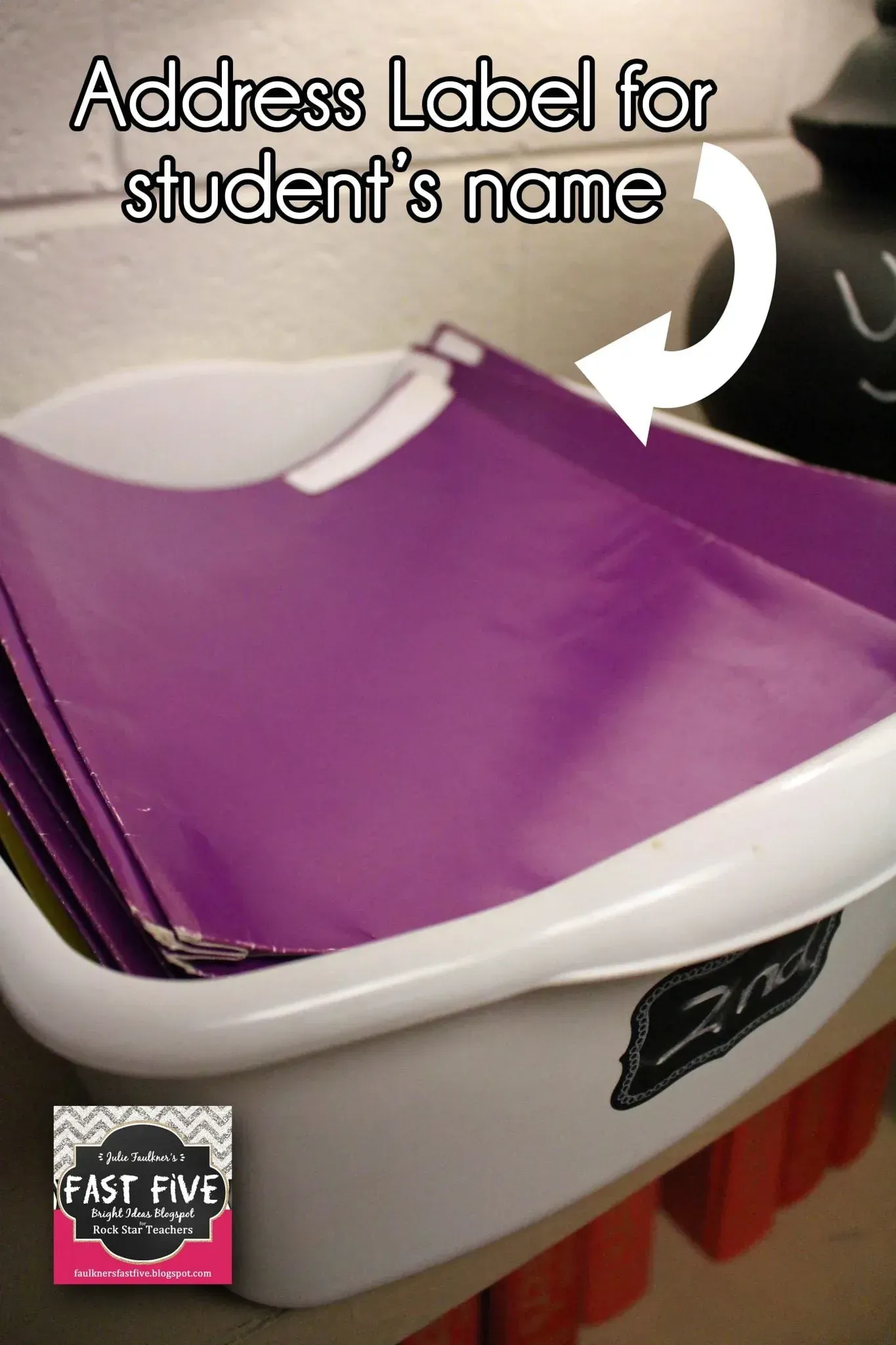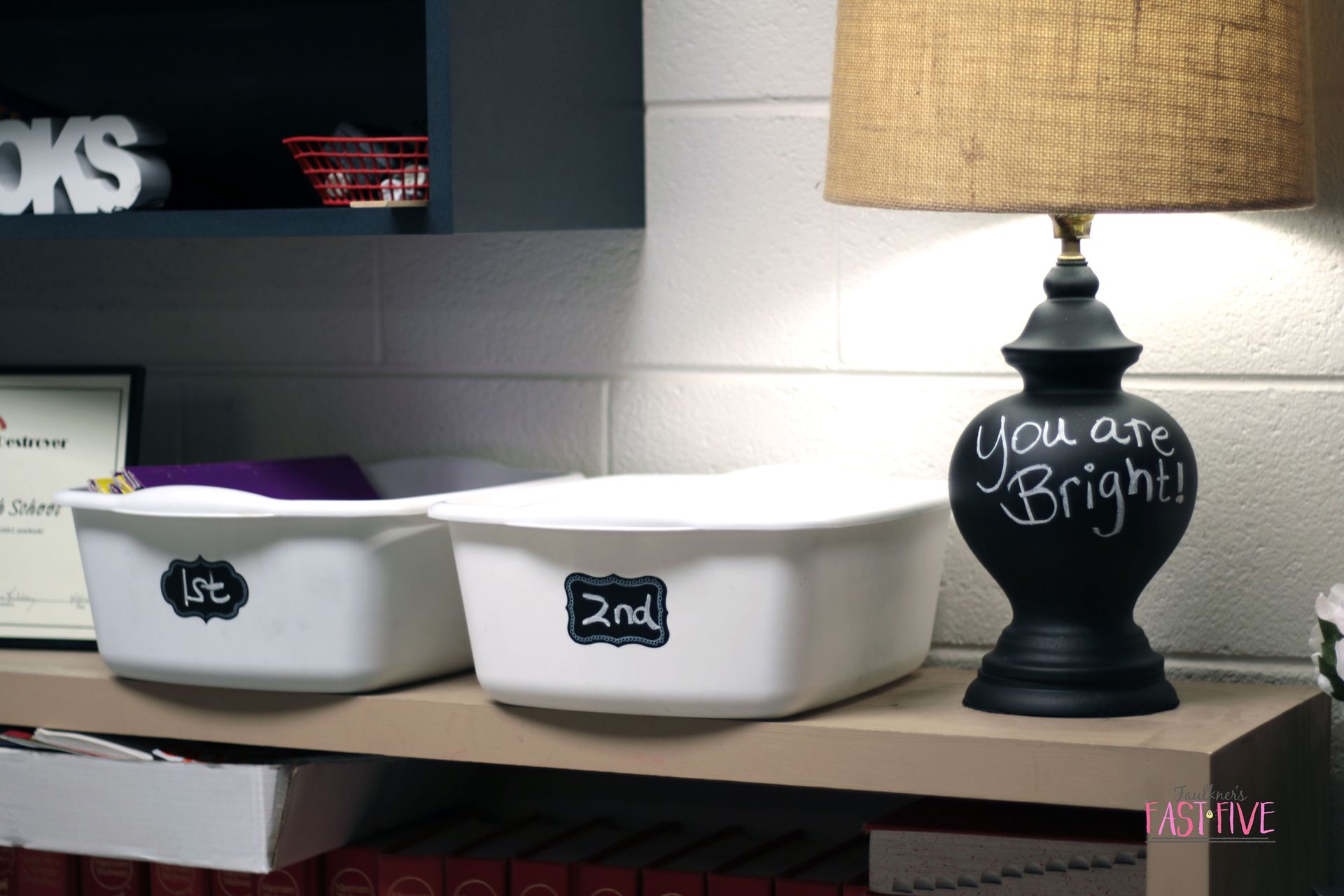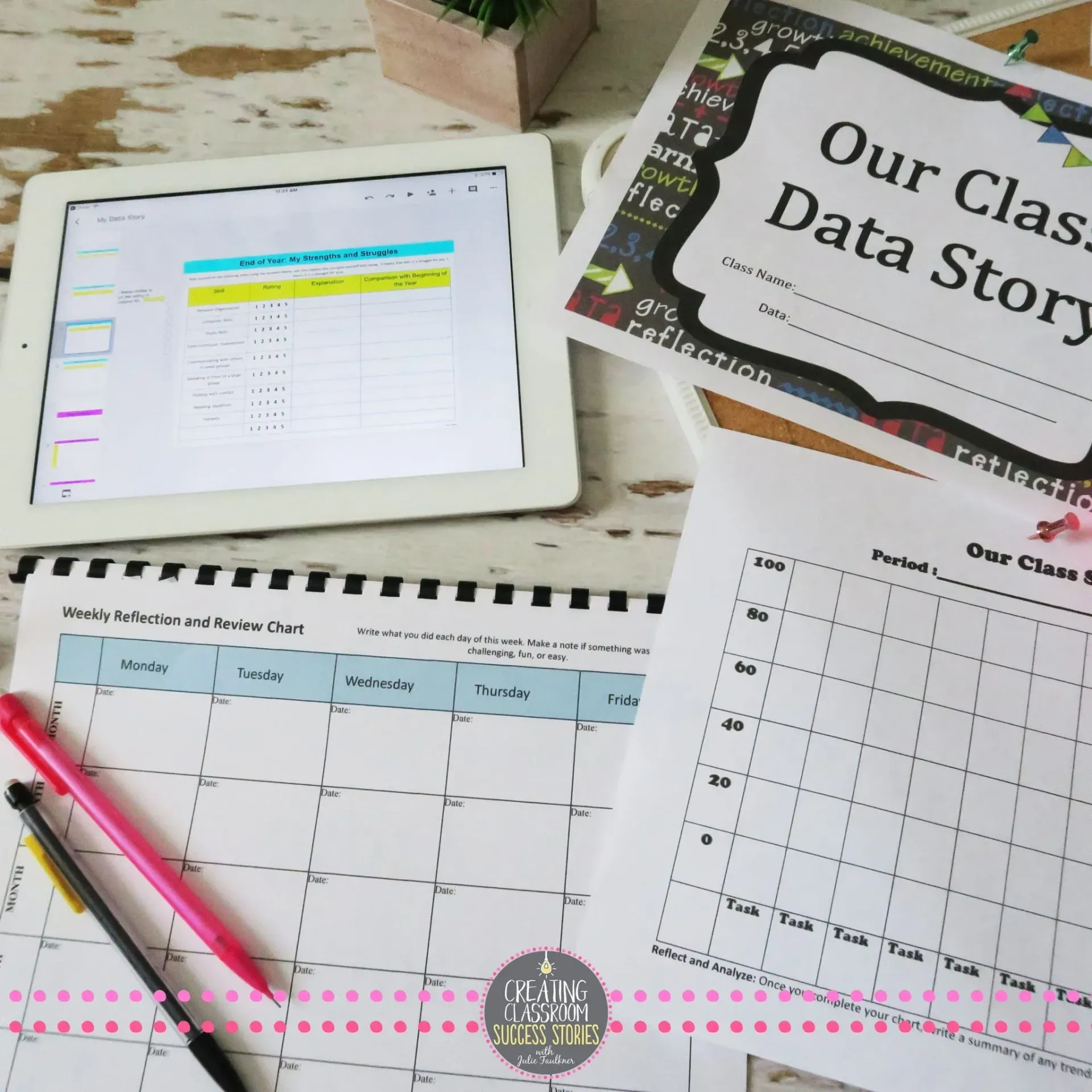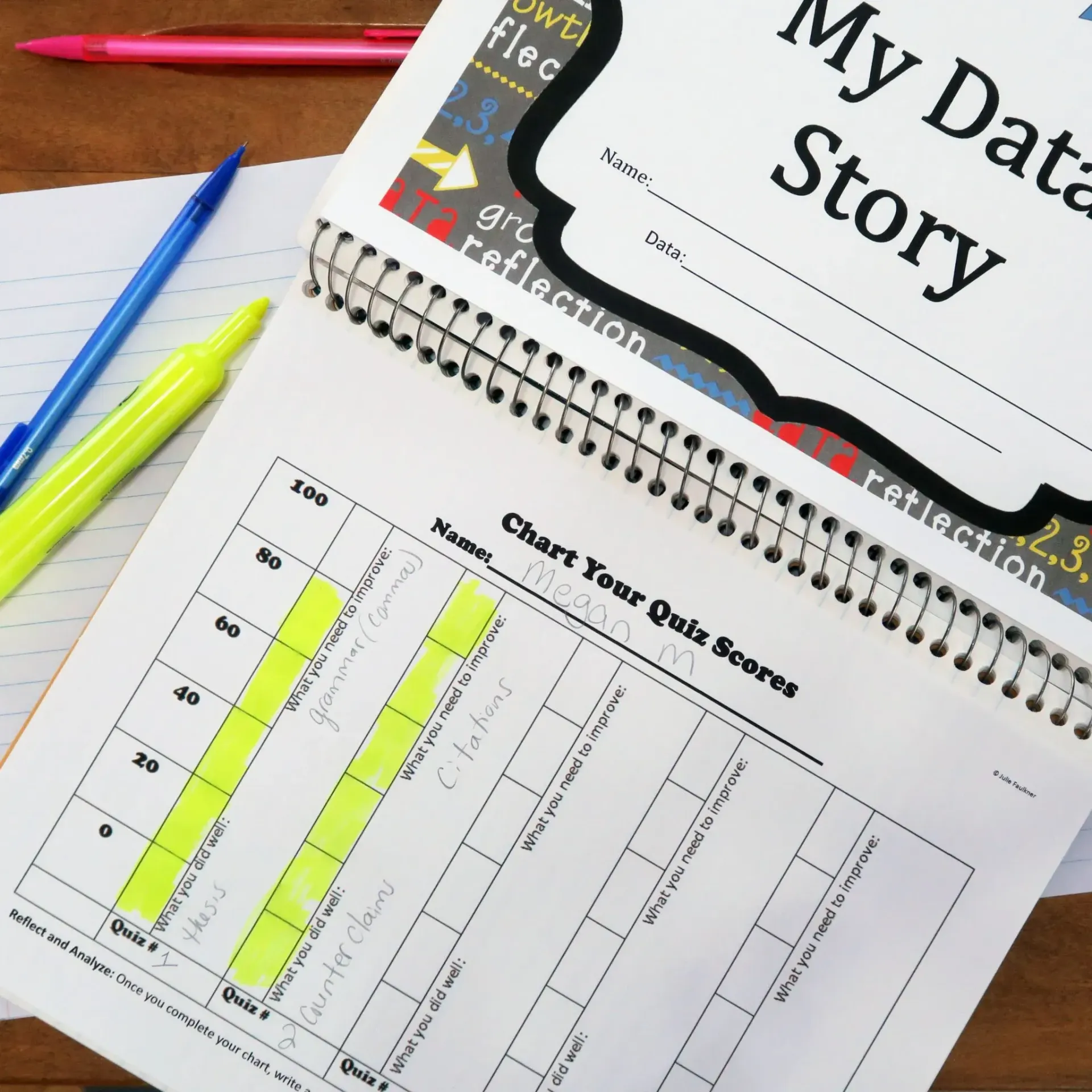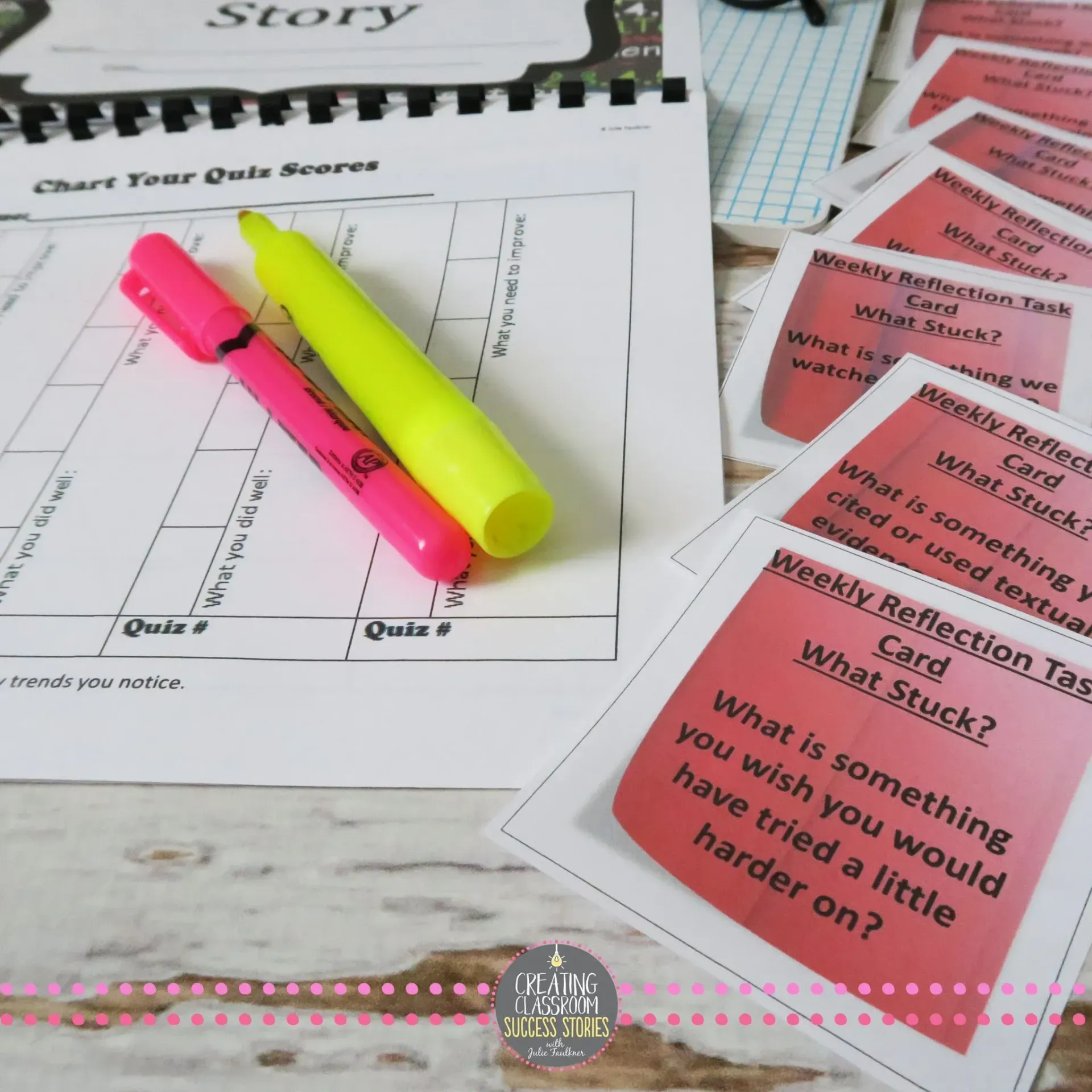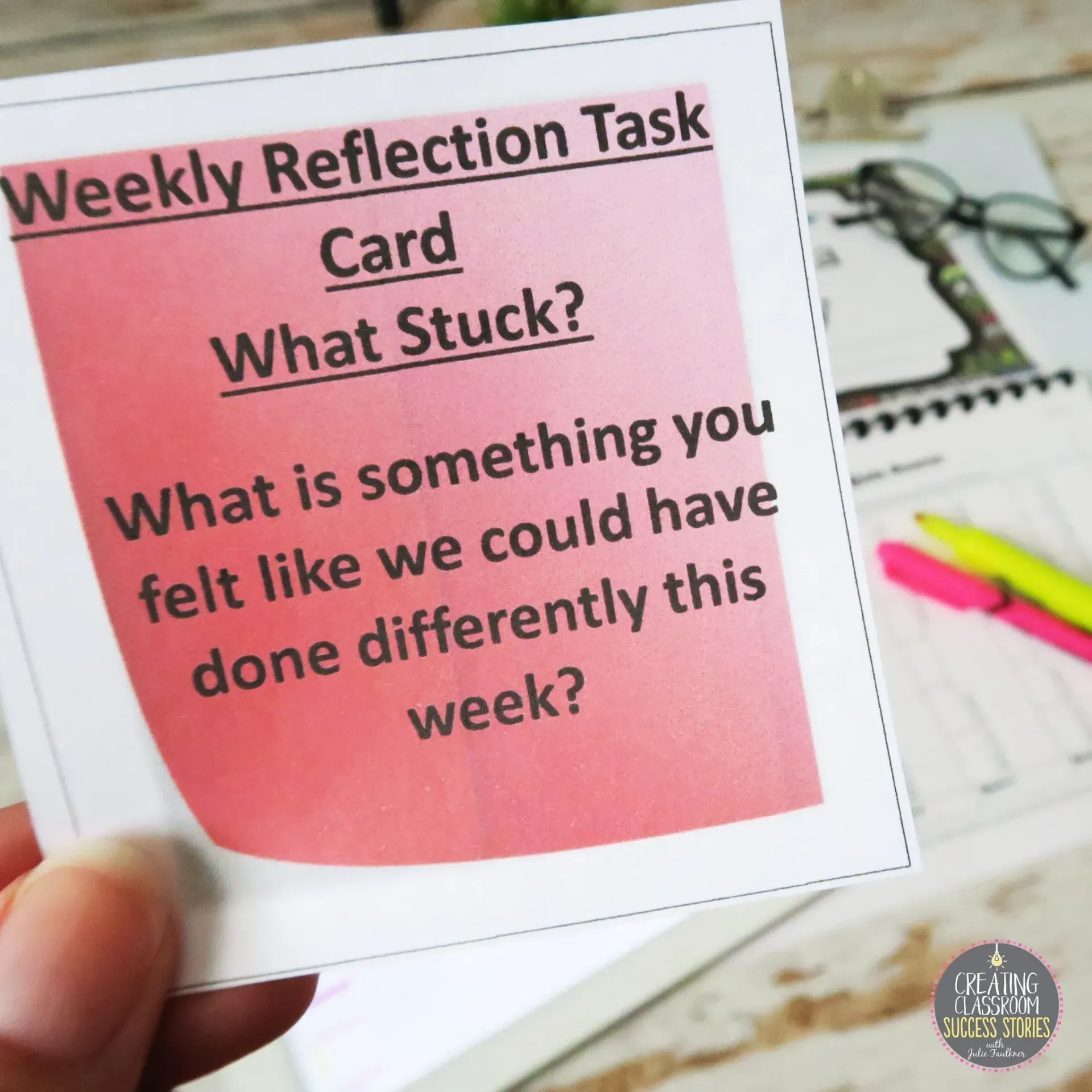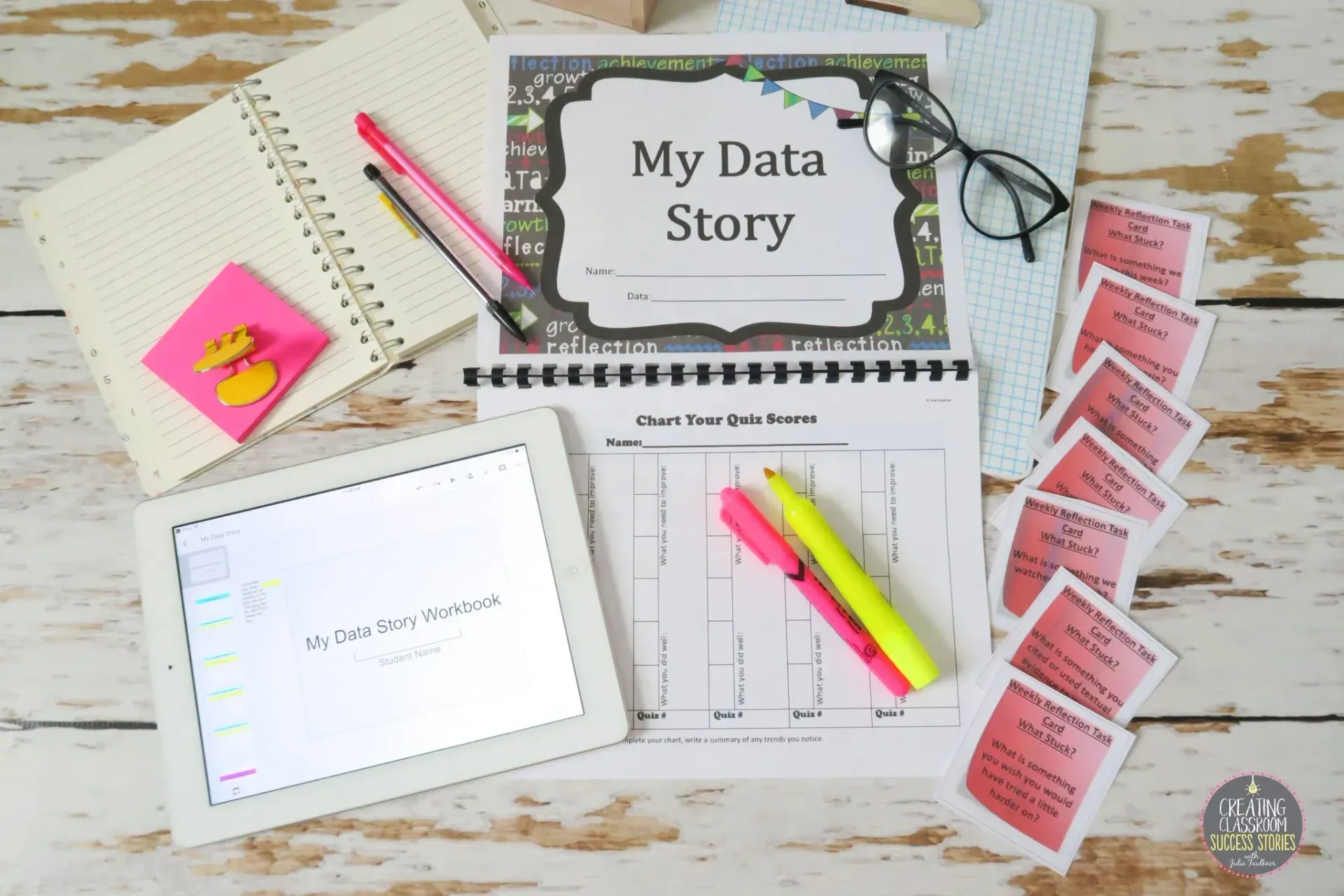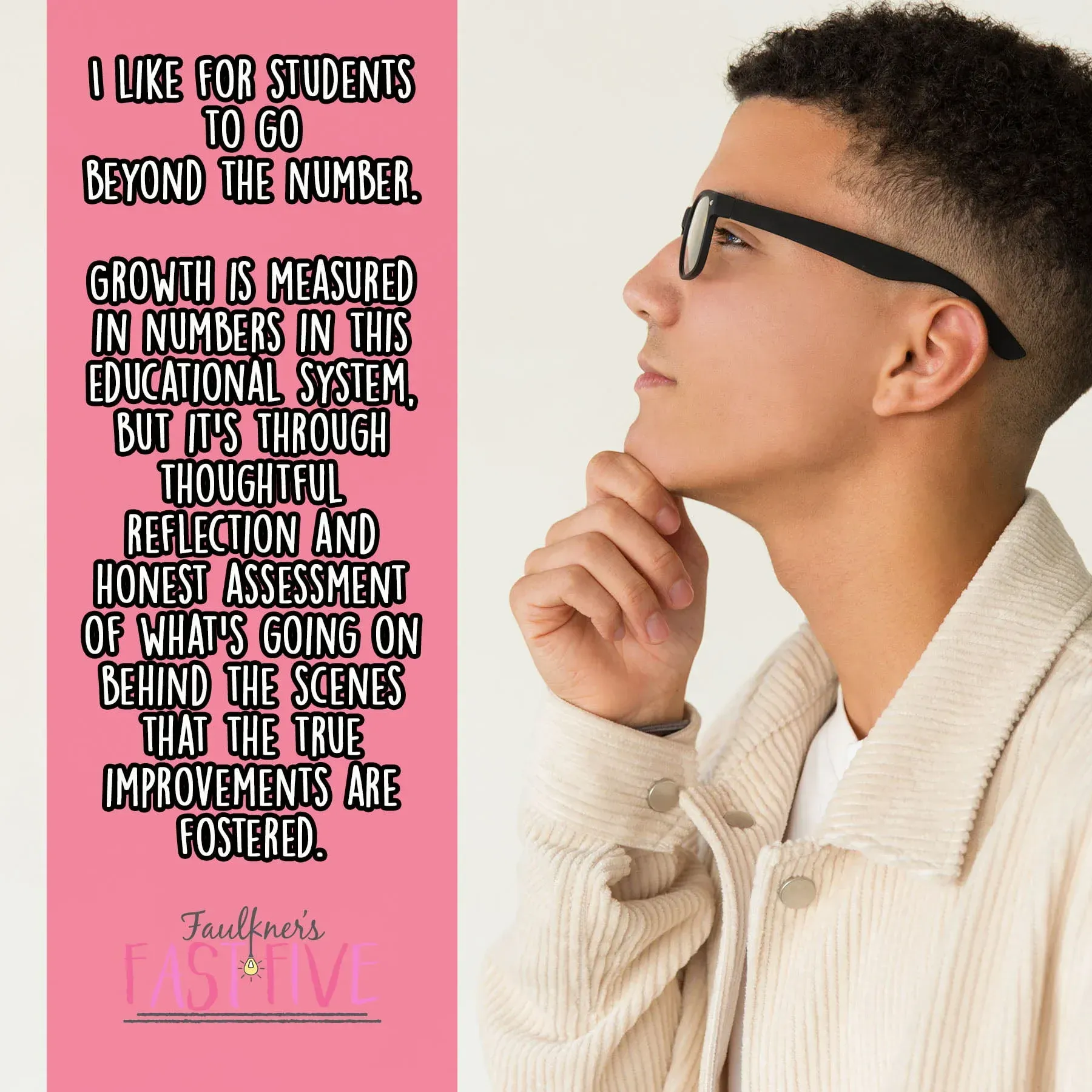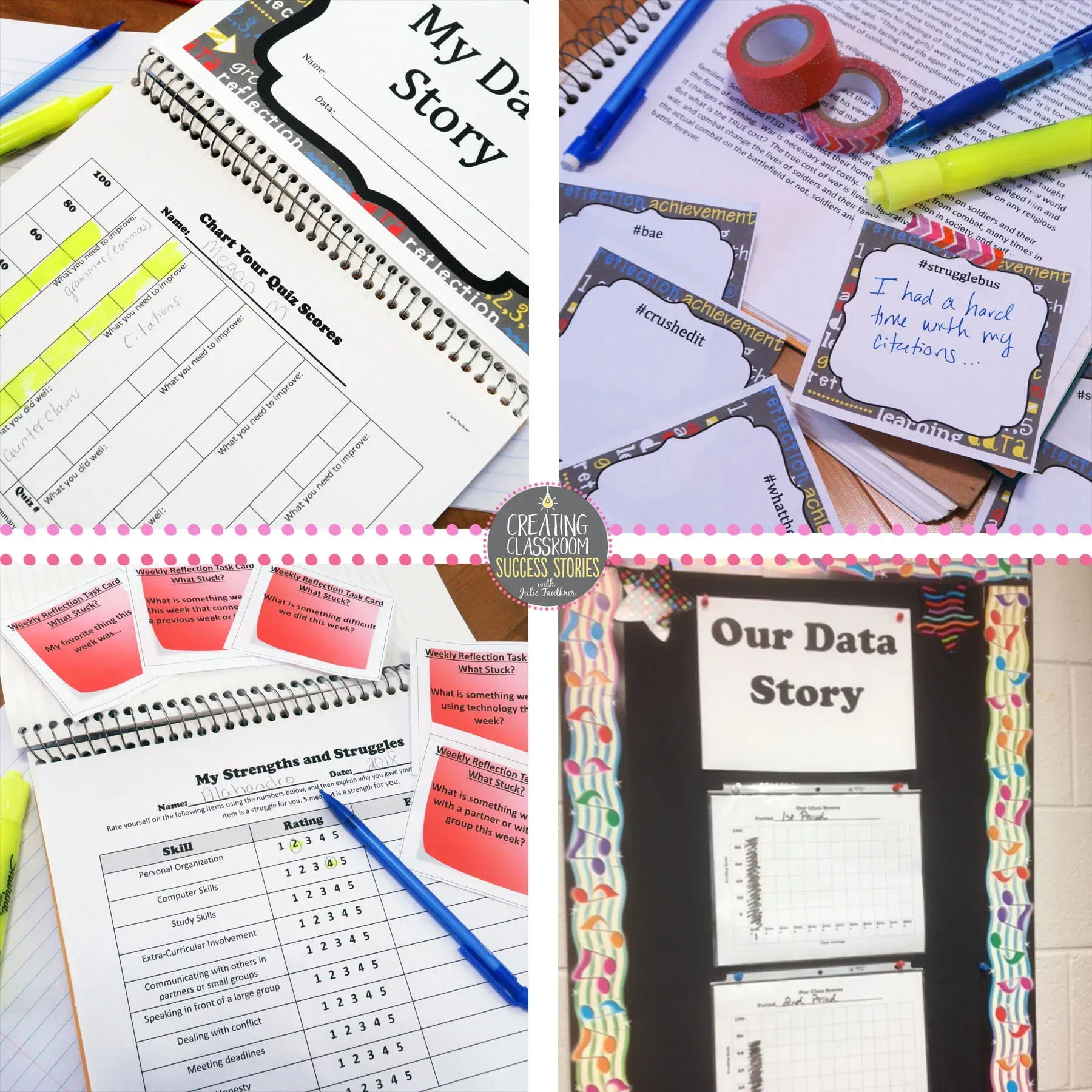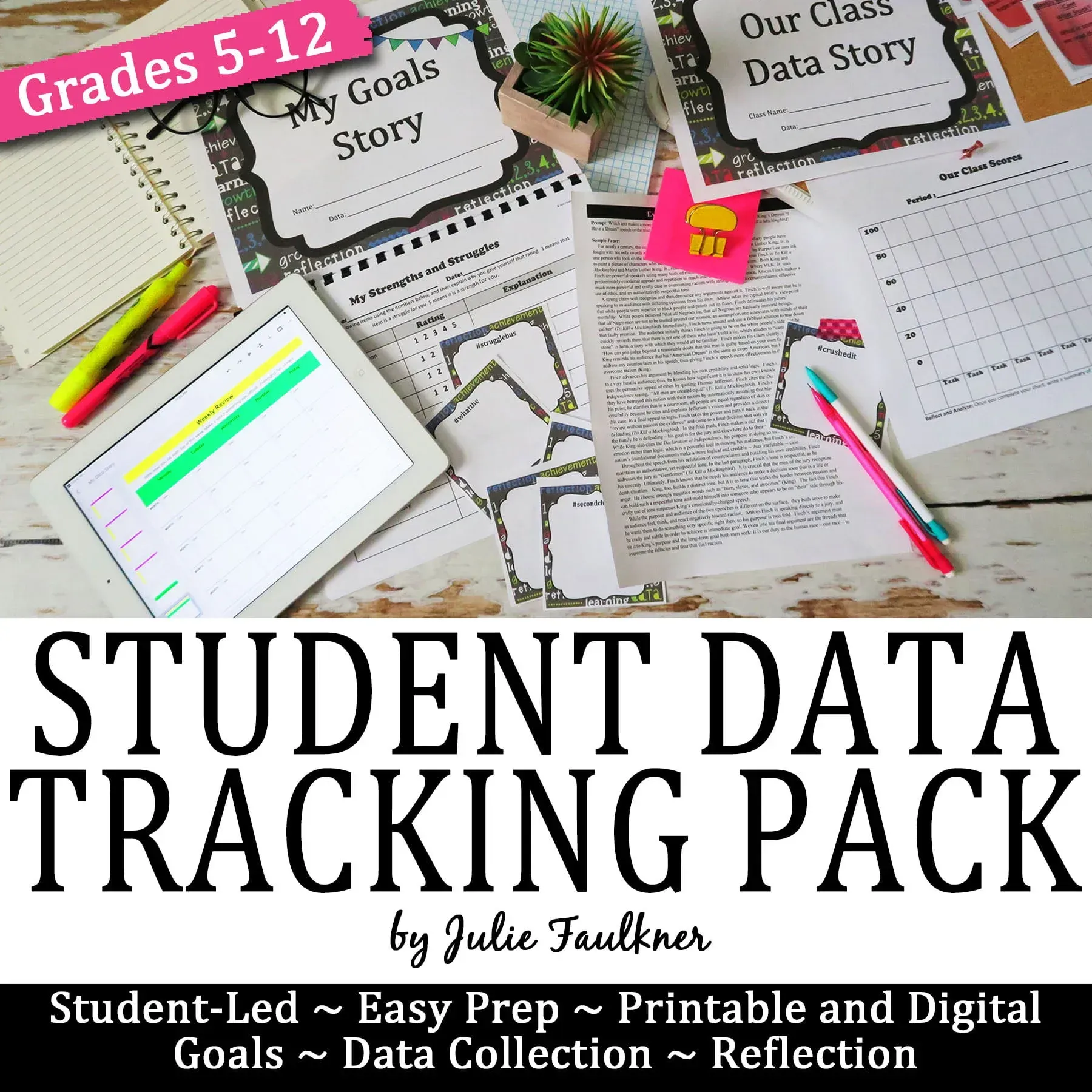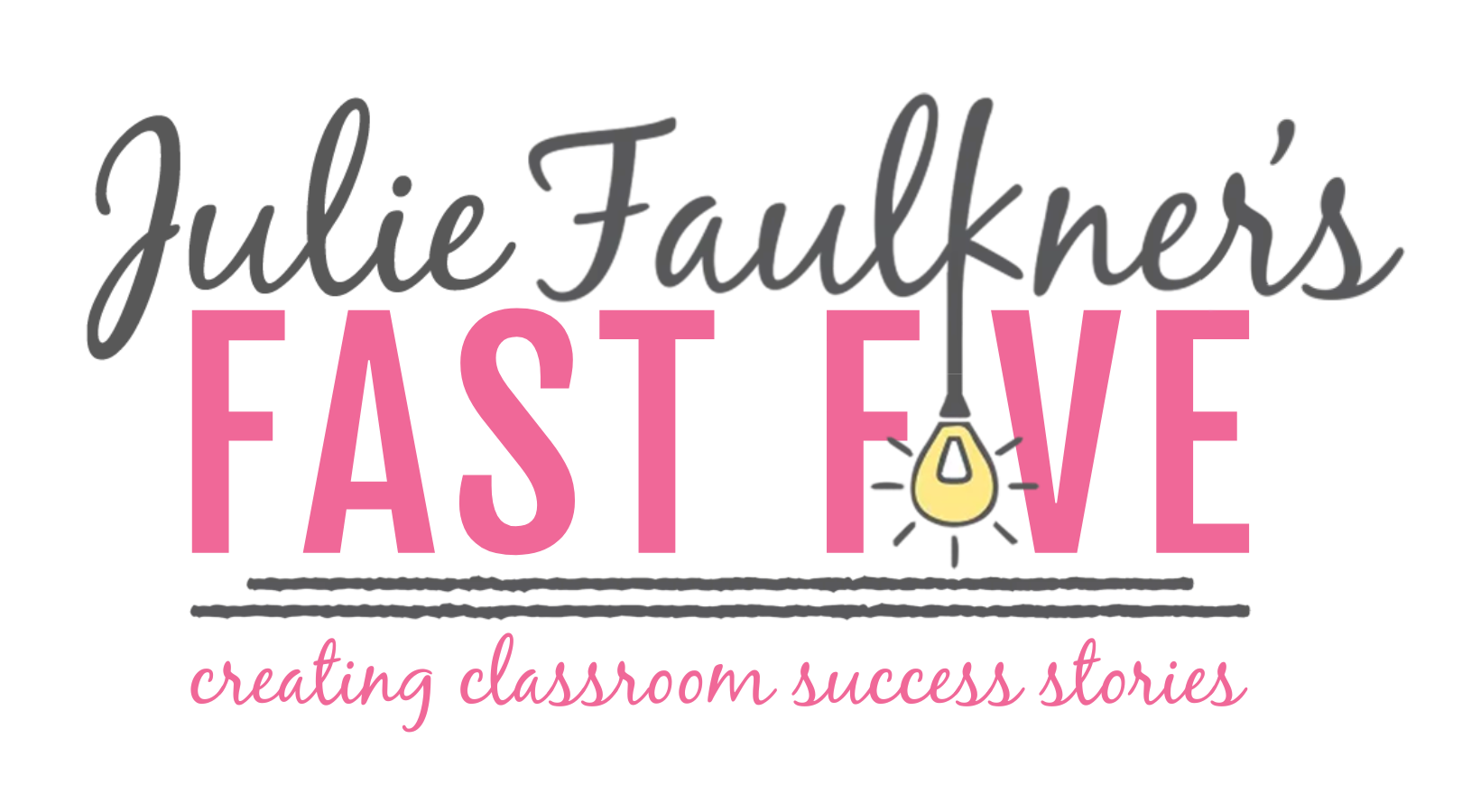Student-Directed Data Tracking: How to Collect and Use Data in the Classroom
Collecting data in the classroom can feel overwhelming. Setting up a meaningful, student-driven data program often seems like more work than it’s worth—especially when traditional data folders end up collecting dust. But what if your data collection could truly drive student learning and inform your instruction?
For years, I’ve used a student-directed data program in my middle and high school classes, with tremendous success. It started with a simple chart—students coloring in their essay scores—but has since evolved into a core part of my teaching strategy. Now, collecting data is a seamless process that empowers students to take ownership of their progress and gives me the insights I need to guide instruction.
1. SETTING UP A STUDENT-CENTERED DATA COLLECTION PROGRAM
It does take a few inexpensive supplies and some space planning to get up and running. Just like any other busy secondary teacher with 75-150 kids a day, I know it can’t require much or it just becomes overwhelming. You’ll need:
- A pocket folder with brads for each student. I reuse mine each year, and each class has its own designated color. I bought my folders over 5 years ago at Staples for a penny each!
- Address labels
- A storage spot in your room for the folders. My students don’t take them home.
- Copies of the data charts you plan to use. My students chart grammar quiz scores from my weekly quizzes, writing scores, and weekly assignments.
- A space on your wall to display each class’s data story.
*Of course, you can also have students keep up with their own charts as well.
2. COLLECTING DATA IN THE CLASSROOM
Teachers are continually making and administering assessments, evaluating students, and planning lessons. We evaluate how the students are performing, look at how well the material being used is accepted by the students, and are interested in how our teaching style works in the classroom. Data can be collected for whatever your students will be working on throughout the year in your classroom where growth can be achieved (or is desired): quizzes, observations, exams, essay, projects, etc. For me, that’s my grammar quizzes, essays, short writing tasks, and vocabulary pre tests and posts tests. Of course, if your students take benchmarks or something of that nature, those scores could be charted as well.
Also, data isn’t always a number. Before we even start collecting numerical data from student work, I want my students to evaluate their strengths and struggles and set goals. Then, we revisit that at the end of the year. Another form of “data” that I collect weekly is “notes from our week.” Students pause and write down on their calendar what we did each day. It speaks volumes to me when I see what they can and can’t remember. They are also always very honest, which I appreciate. This part of the process gives them a voice, and they feel valued. I have to swallow hard sometimes at what they say about the week, but I’m here to teach in a way they need (and maybe…sometimes want).
3. MANAGING THE DATA COLLECTION PROGRAM
In order for student-centered data collection to be successful, it has to be embedded into the routine and visited often. My students take weekly grammar quizzes on Friday, and we do our “Notes from the Week” each Friday. When students come to class on that day, they know to get their portfolios off the shelf. Once the starter quiz is over, they are automatically charting and making notes on their strengths and struggles. And, if I’m late getting the class averages up – yep – they remind me! The level of accountability and ownership is there because they see value in the process of collecting data in the classroom.
4. USING DATA
It would be really easy to make all the copies, have students chart their scores and call it day. However, there truly can be benefit in an active, student-centered data program. Every time my students chart a score, they must reflect on what they did well and what they struggled with right there beside the score. I like to see them going beyond the number. Growth is measured in numbers in this educational system, but it’s through thoughtful reflection and honest assessment of what’s going on behind the scenes that the true improvements are fostered. Other times, I will have them look back on a particularly low score and revisit that assignment to make changes and revisions. Another strategy for using the charts is having students summarize their trends. Hopefully, over the course of the year, students are improving, so stopping to summarize those trends will boost confidence.
5. CELEBRATING DATA
I choose one of the sets of data that all my classes have in common to post on the class data story board. It’s not individual scores but a class average. We can work toward common goals. Students feel connected and responsible to the class for the average, but no one person is singled out. A little friendly competition with some prizes or bragging rights up for grabs never hurts, either! It’s helpful here to set some short-term and long-term goals to keep the kids on track. Another successful way to use the pieces of this data program is for student-directed conferencing. When parents come in, students have their portfolios prepped and ready to showcase their work and growth in the class.
In Conclusion
I have used these charts and reflection techniques for years for collecting data in the classroom, and I do believe it is has been one of the best practices I have ever done to inform instruction and learning. No matter what age or academic level of the student, time spent reflecting on learning and growth can be incredibly powerful. I like this system because I use it to collect and chart authentic data from inside the classroom.
What does your data say? Grab my easy-to-implement data program here. It’s now available in printable and digital (Google) format.
Love this content?
Sign up for my email newsletter with more tips, ideas, success stories, and freebies!

